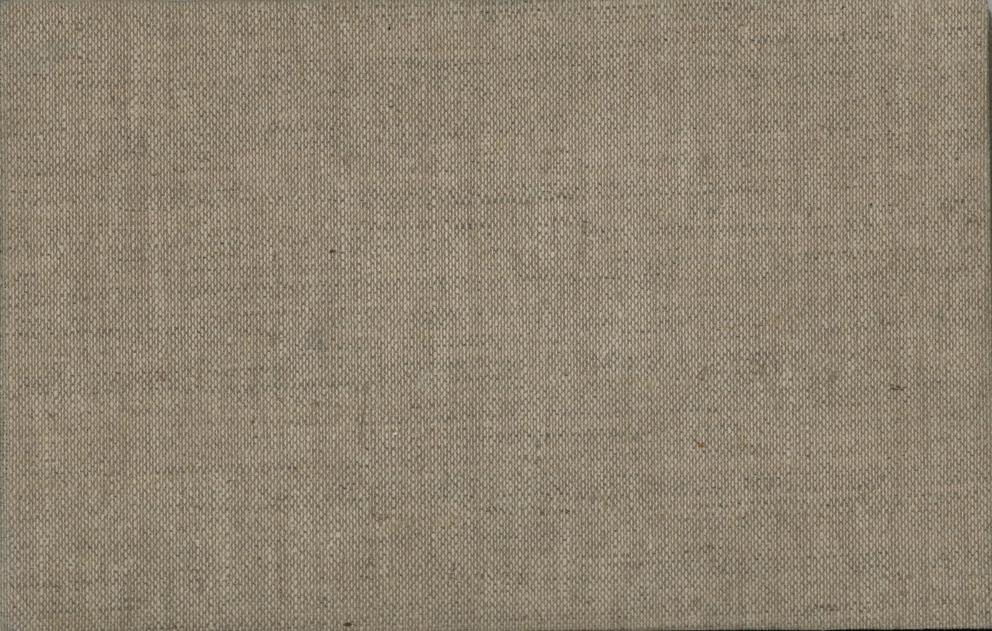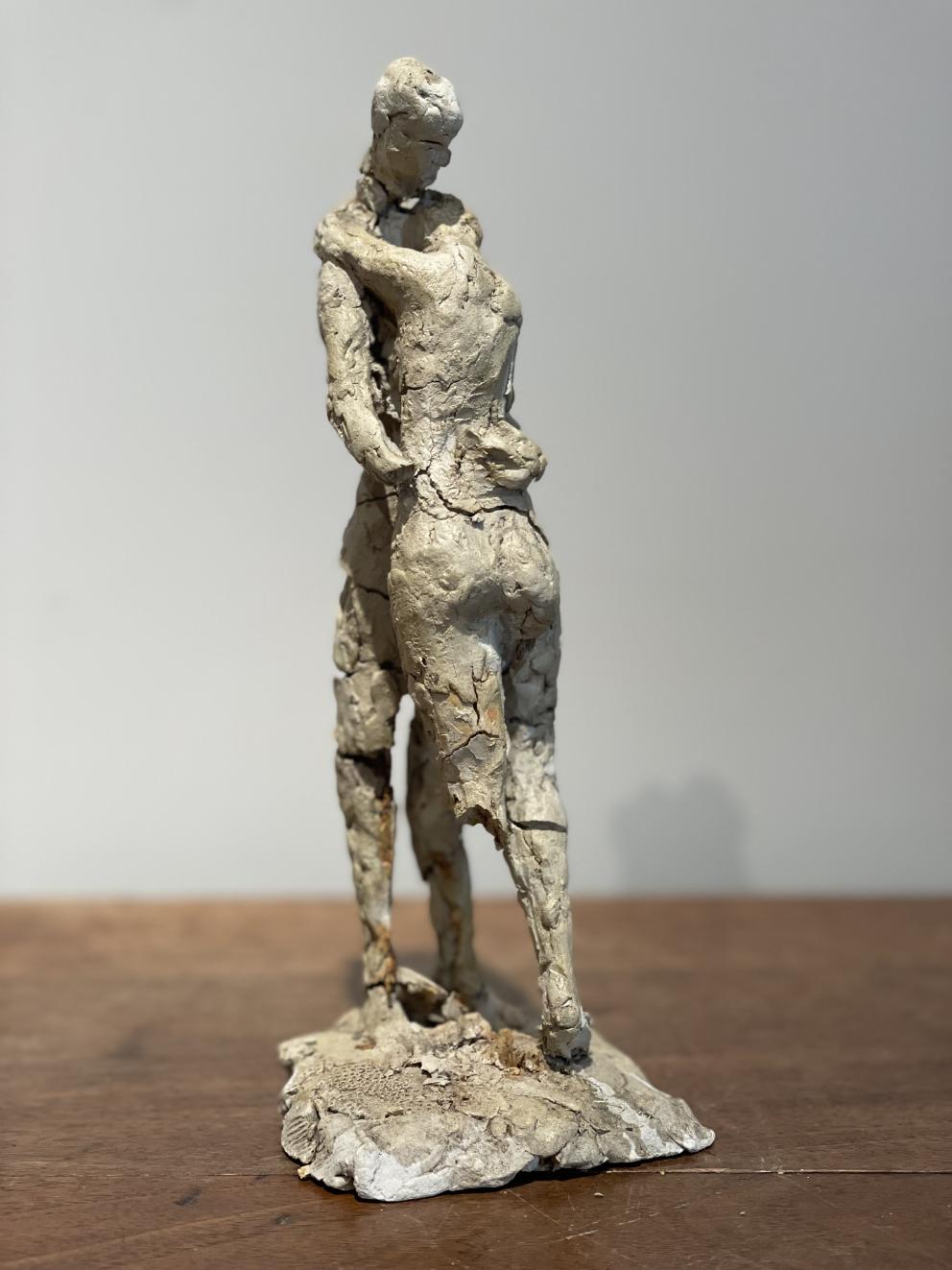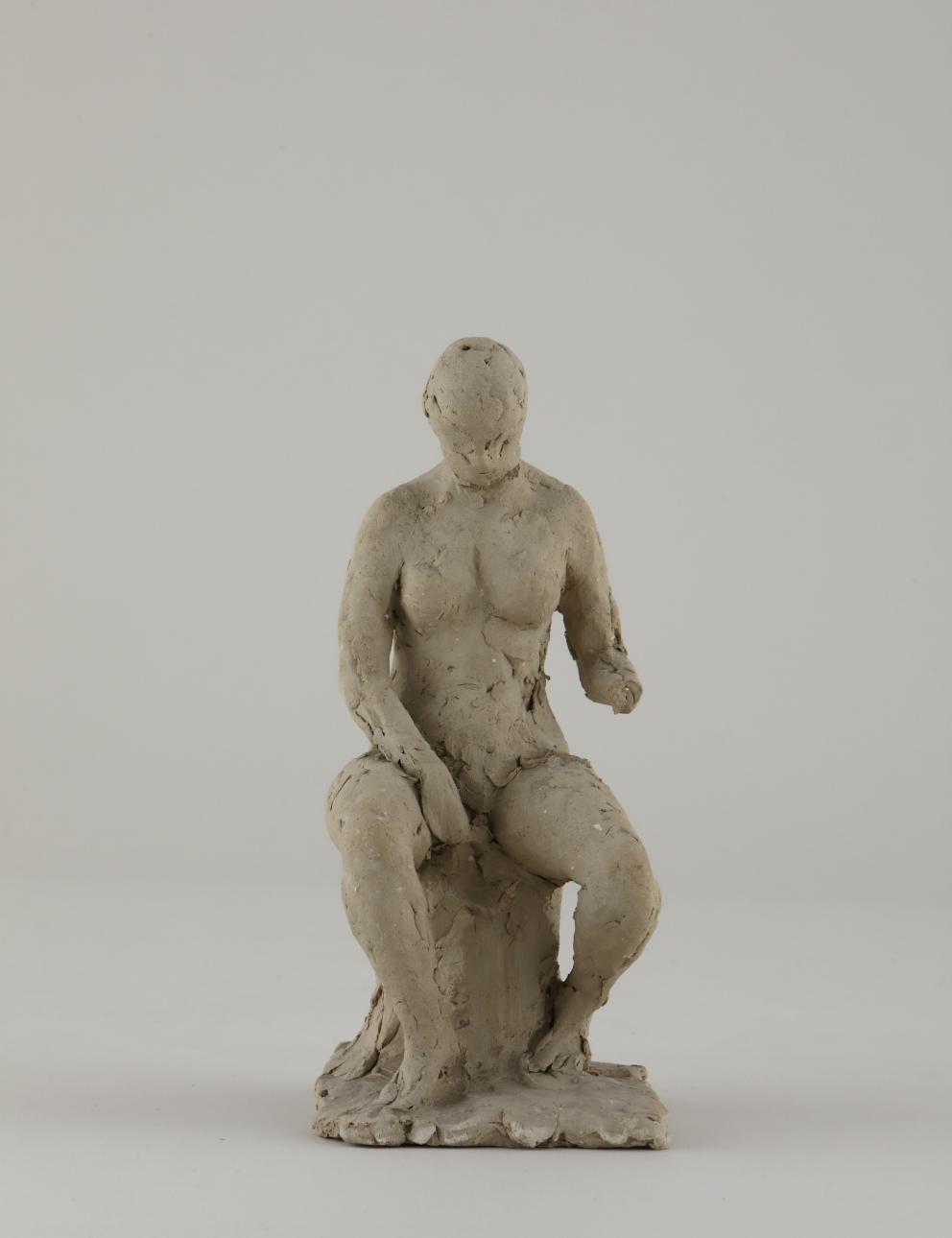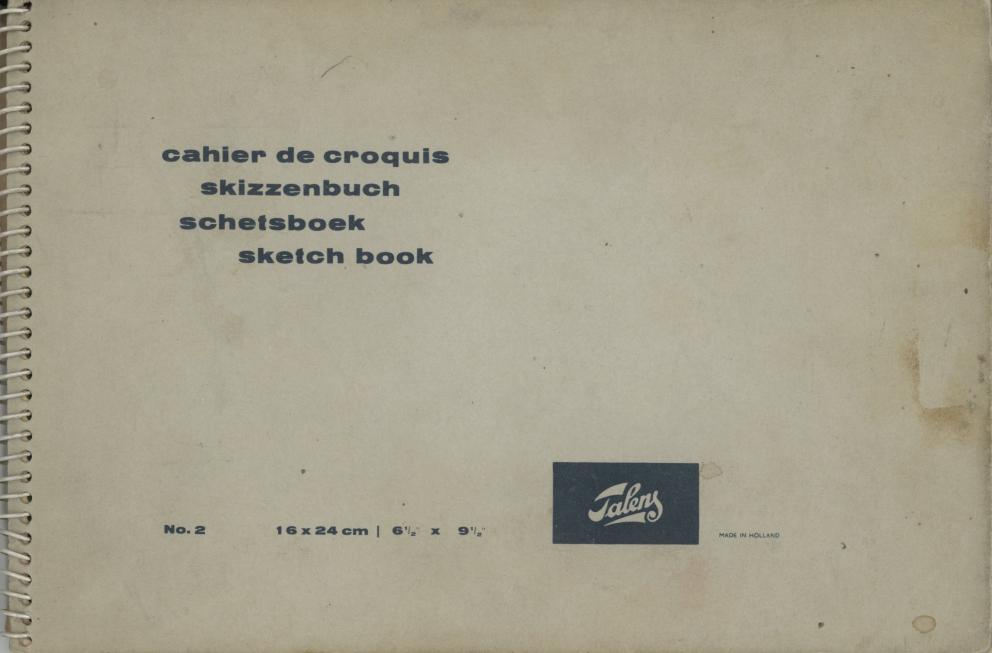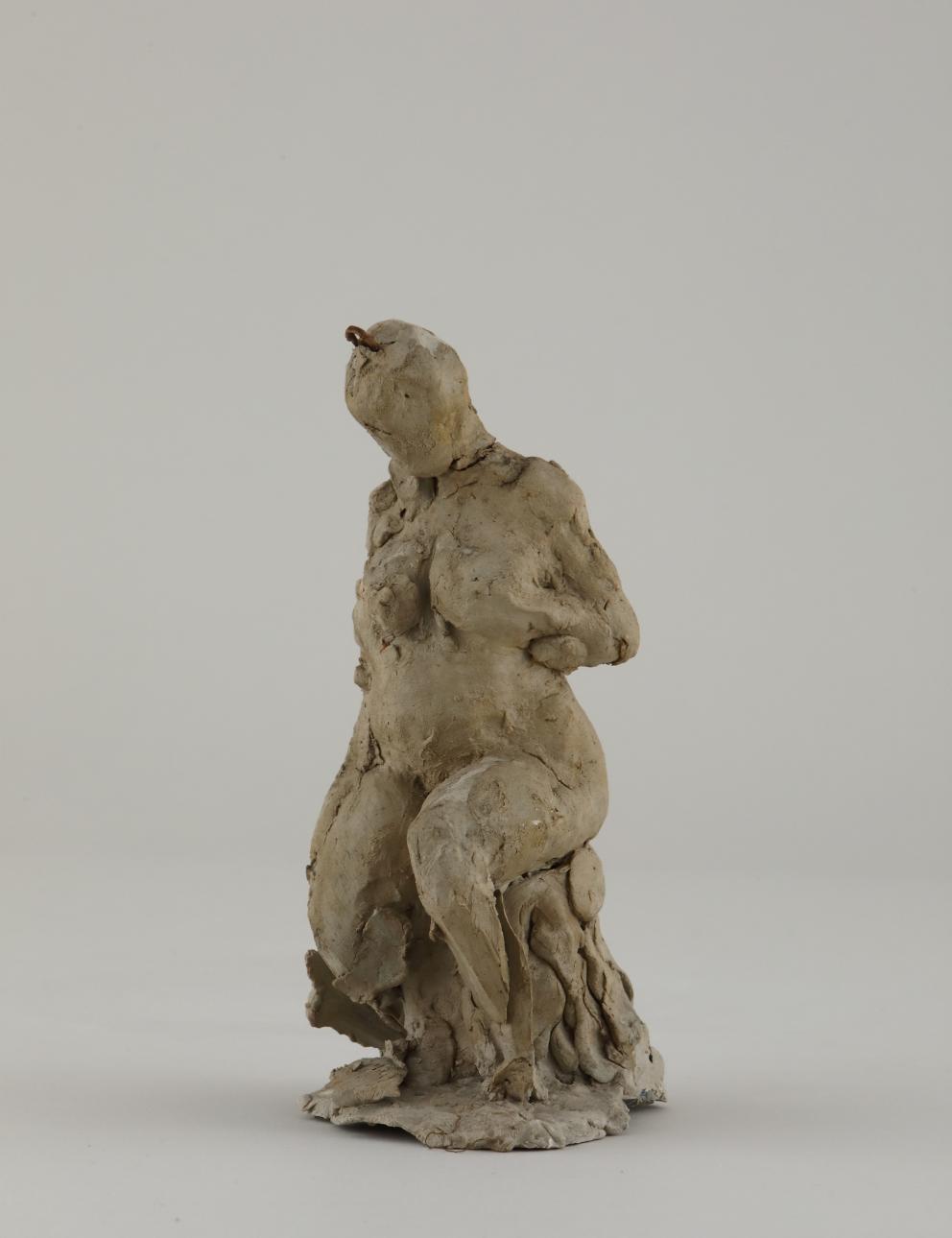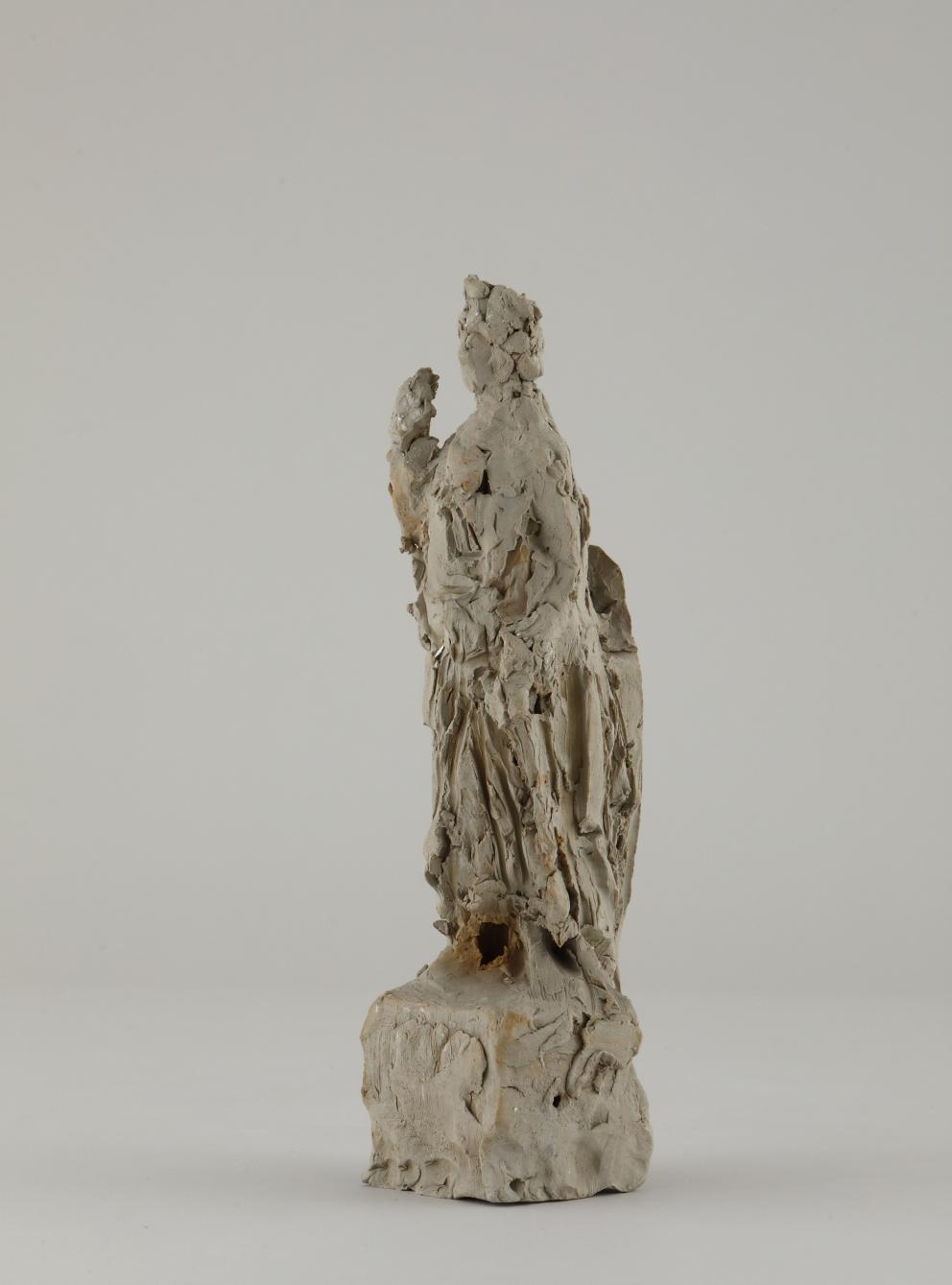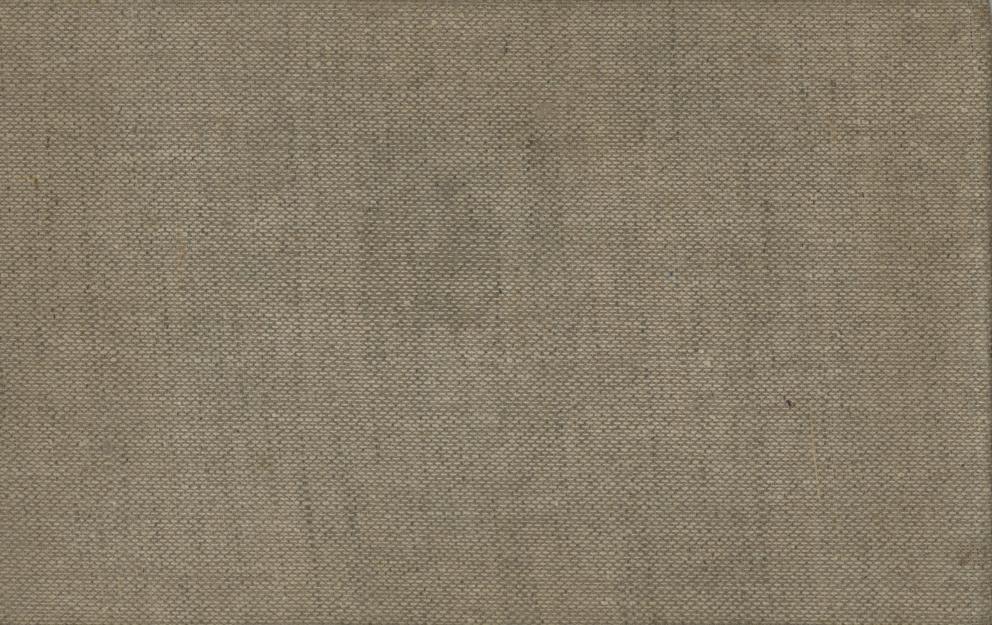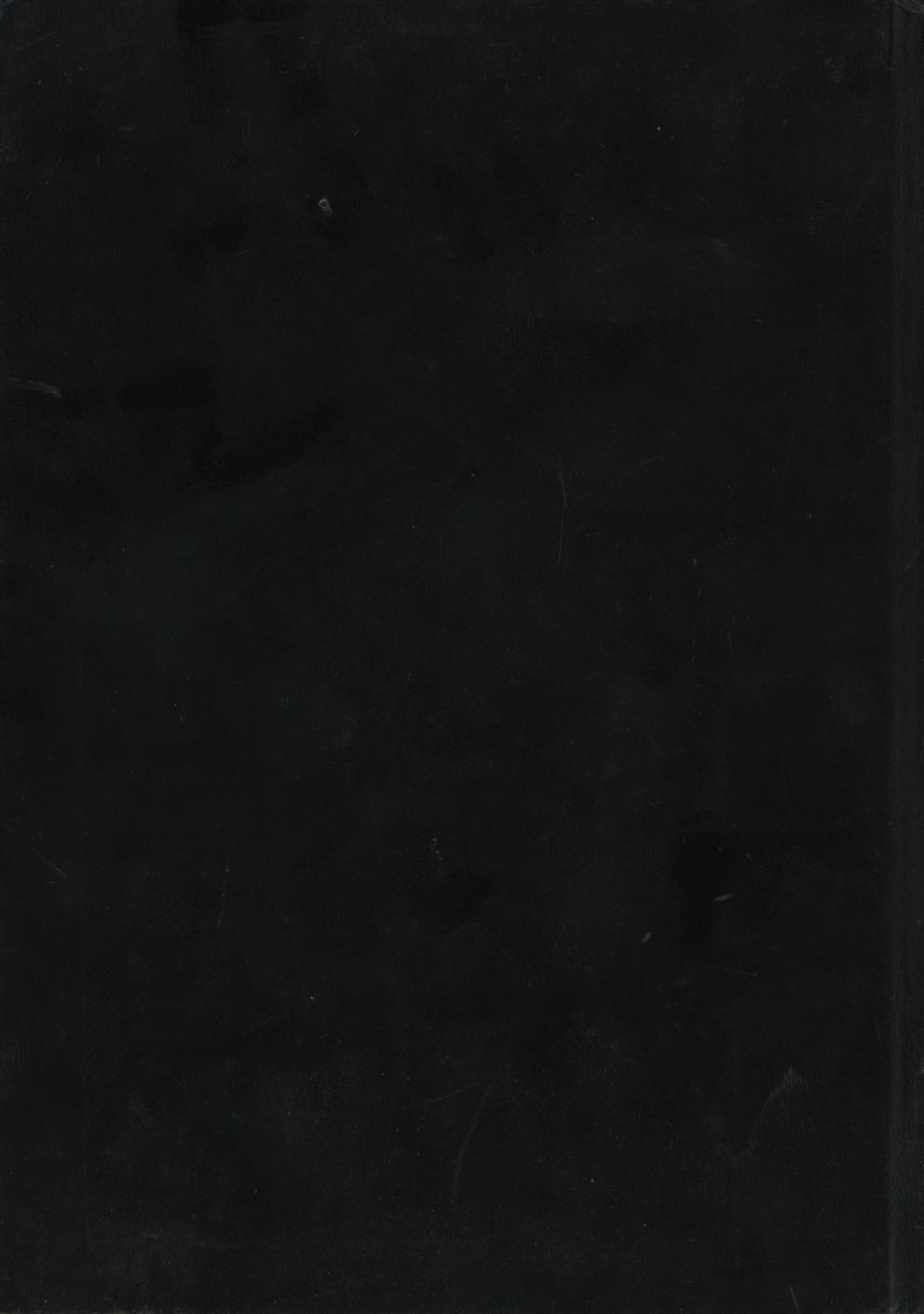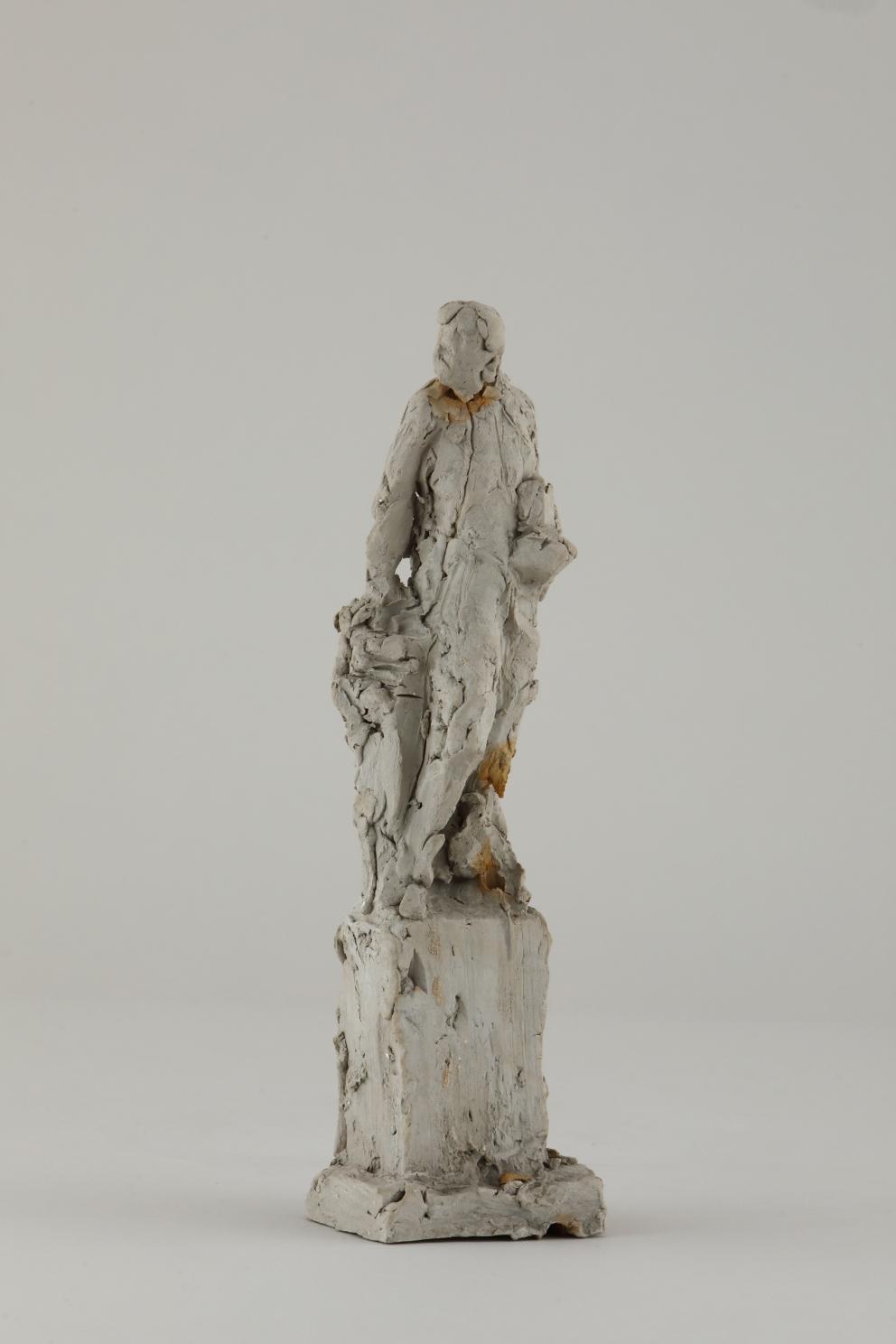The Need for Drawing, An interview with Charles Auffret, 1997
René Lesné: There’s a single question at the center of our preoccupations. In the context of an educational reorganization, drawing is defined as constituting the backbone of our training. What does this backbone consist of for you?
Charles Auffret: In an art school, drawing is the framework, the soul of an artistic education. It serves the painter, the sculptor, the designer, the architect, the theater director, and the decorator all equally. It is absolutely essential. It’s a kind of mental gymnastics. One must learn to search. One must educate the eye. A man, an artist who penetrates into the realm of art, can take liberties later, but he must have a precise eye, an exact eye, just as a musician must have a precise ear, an exact ear; if not, he will not be able to establish a relationship between himself and his work; he will not find the harmony.
The Man on the Watch, Richard Peduzzi, 2001
The last time I saw him, we were in his studio talking and looking over his sculptures and his latest drawings, the three of us sitting with Jean-Baptiste.
Night was falling, and the figures seemed to dance around us, participating in the gracious moment that we shared. We were so content, isolated from noise and others’ attention; we continued to talk in the darkness, and then I went off into the night. I look back at myself and see the decisive instant that determined the direction of my life.
Preface, Blois Exhibition Catalogue, Patrice Dubois, 1979
“No creation is a work of art if it doesn’t contribute to humanizing us.” Berenson
If you want to go deeply into the art of a master, you have to start with his drawings and constantly go back to them. It’s through drawing that the artist elaborates his concept of form, and it’s through its expression that he reveals himself most completely.
Drawing immediately lays bare the weaknesses of a poser or the precision and originality of an authentic creator. In a drawing exhibition, the pure ones always emerge victorious, while the “others,” as Ségonzac used to say, never even attempt it, except in cases of extreme vanity.
A World Without Words, Henri Mercillon, 1994-1995
Nothing destined Charles Auffret (born in 1929) to take up the art of sculpture. He has often commented that in the world of his childhood, people did not go to museums; they lived simply and symbiotically with their rural surroundings. From this rural milieu, he gained hardihood, good common sense, and simplicity. Despite his family’s reservations, he enrolled in the École des beaux-arts in Dijon, where he learned modeling, stone-cutting, and molding. It was in Paris that he discovered the work of Malfray and then that of Despiau and developed ties with Raymond-Martin. In 1955, he met Jean Carton, for whom he retained a life-long admiration.
